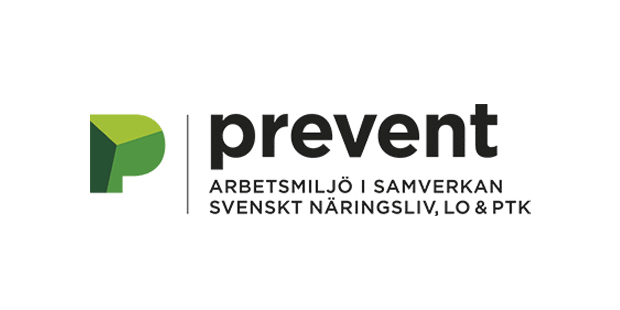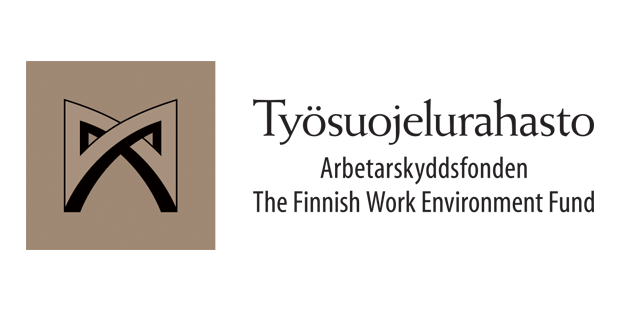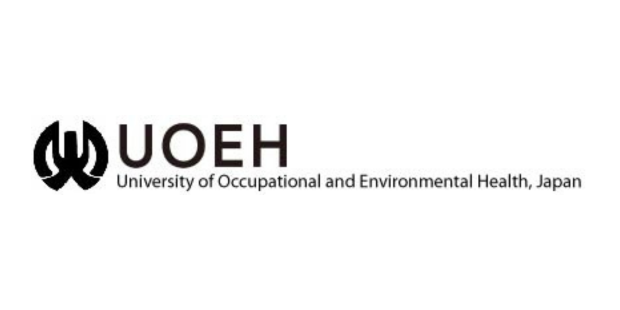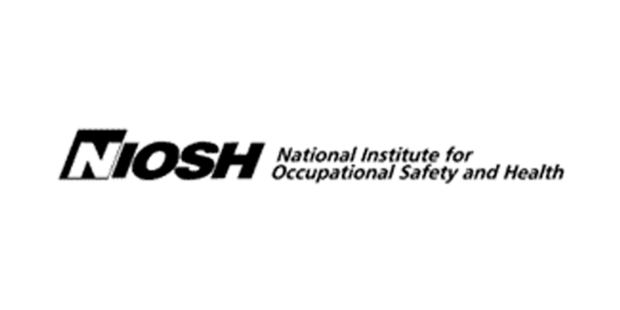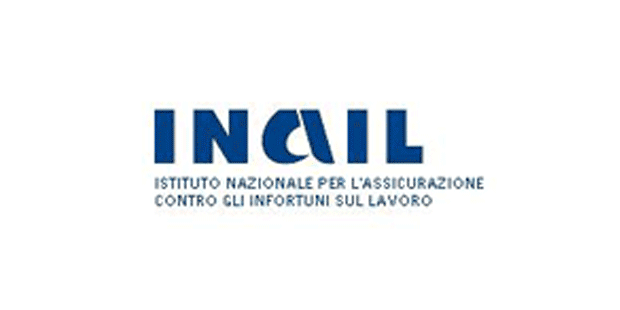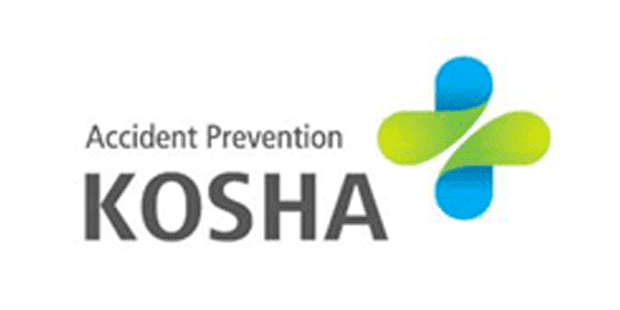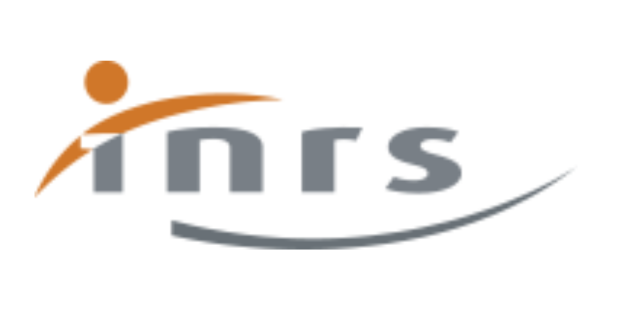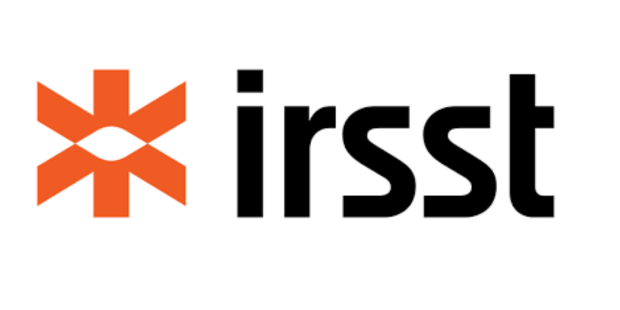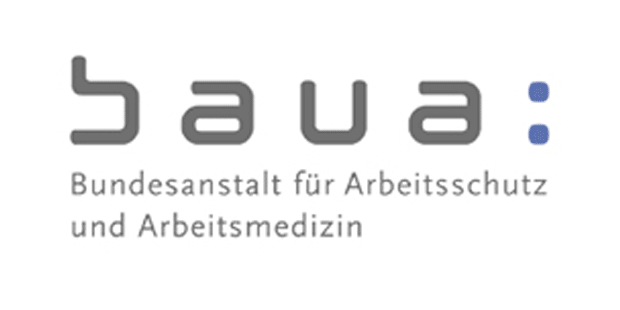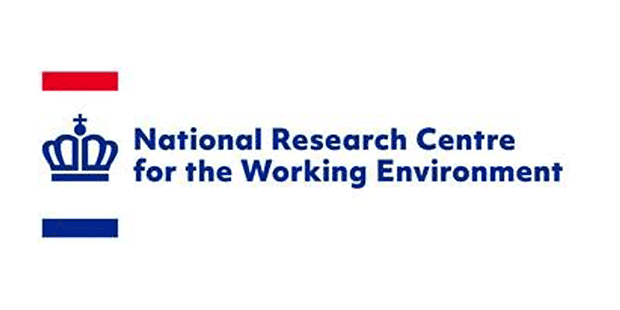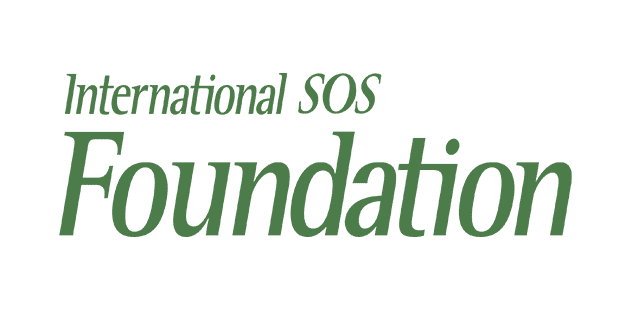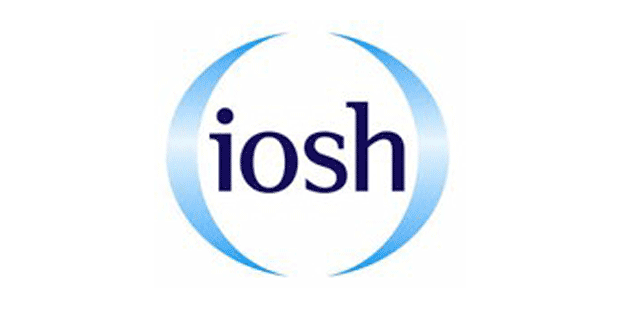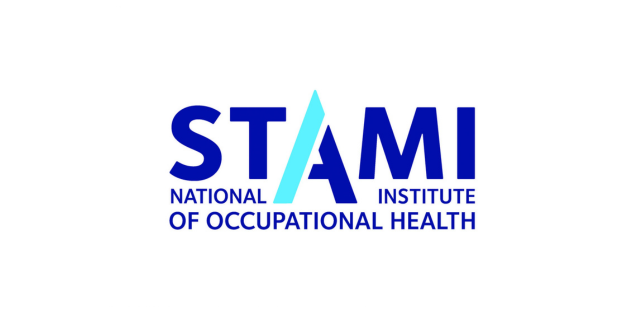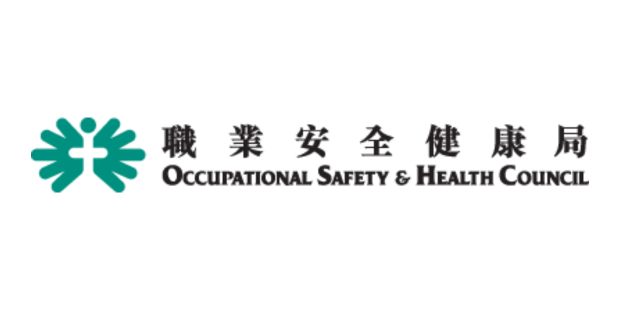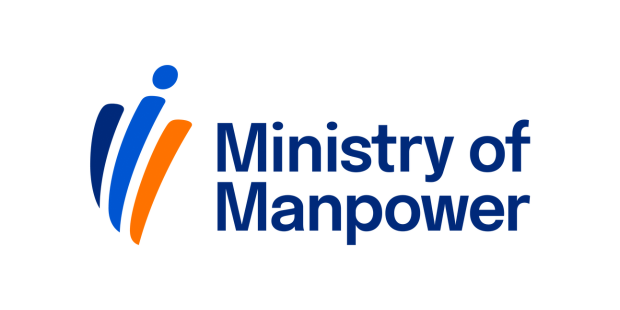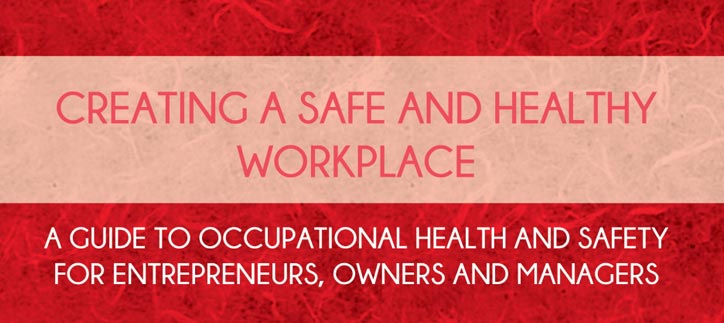Message from the President (September, 2004)
Dear Fellow ICOH Members,
The year 2004 has turned to its second half and busy months are ahead for each of us. In Europe , we have finished or are currently enjoying our annual leaves. No matter what time of the year you take the leave it is important – as we also teach – to have a leave, to relax and charge your batteries and then return to work again with energy and enthusiasm; that is occupational health at its best.
Several activities in ICOH are well under way. As you have noticed many Scientific Committees have held their research meetings. I am aware of a half a dozen SC-meetings in the first half of the year, and an equal number of Committees will have their meetings before the end of the year. The Chairs of all the Scientific Committees are invited to Helsinki in January 2005 to discuss with the Board and report on their activities (in fact, the deadline for the reports is 15 November).
The invitations to Helsinki have been sent to all Officers, Scientific Committee Chairs and the Board members, and the preparations are underway. This will be our most important gathering before the ICOH2006 in Milan .
The visitors to Finland are expected to bring with them the warmest clothing they have, as the winter season is at its best in our arctic environment. (I am hoping for a lot of snow and at least -20 degrees Centigrade).
Membership campaigns have been active as you can read in the articles of this Newsletter. The Task Group on Membership and the Secretary General have made progress on a broad front: web application forms, member benefits, membership campaigns, national secretaries' recruitment campaigns, and young member campaigns. Gradually we are also starting to see the results; the number of new members is growing and also a few but very important Sustaining Members, including the US NIOSH have joined.
In fact, the global trends in occupational health affect also the membership of ICOH. The current trends in companies and institutions show much outsourcing of the so-called non-core activities, i.e. various support, maintenance and service activities needed in the normal operation of organizations. Occupational health services are one of the company services that have been outsourced even by some large and stable companies.
The external service providers compete for clients, and this tends to make the service thin and cheap. The staff needed for such services is minimal and often monodisciplinary. As the experts are moved to an external service organization or they have become self-employed, they may have very limited resources to participate in ICOH and other professional activities. This is paradoxical, as especially these service providers would need more support from professional associations than the members of larger multidisciplinary teams or institutions.
Another challenge is the age structure of the ICOH membership. Our average age is high, over 50 years. The Task Group on Membership and the Secretary General have started actions for recruiting young members. The baby boom generation will be retiring soon also from the occupational health field as from all other sectors of work life as well. Replacing this large age cohort needs many more young members than we have been able to recruit in the past.
On the other hand, there are trends that increase the demand for occupational health in all types of activities, research, training, information and services. First, the productivity game cannot be managed without healthy and well-being workers and a minimized sickness absenteeism. The customers, clients and international communities are more and more concerned about the conditions in which products are made and about assuring workers' rights, including health and safety. The company or country image no longer tolerates substandard conditions of work, which in other words means a call for occupational health. So, although outsourcing does happen, R&D functions are needed for the development of occupational health and more comprehensive and competent external services. Thus the number of occupational health experts needs to be increased in order to meet the growing demands as regards both quantity and quality, and in order to fill the huge 80% coverage gap in the developing world. To put all this together, our membership strategy is at a turning point and needs a lot of concerted effort in the near future.
One of the new and partly re-emerging needs of occupational health is associated with the new trends in microbial hazards. There are several reasons behind the new developments, for instance, the generation of new microbial strains, structural changes in human settlements with high population densities, growing international travel, and possibly changes in our microbial environment as a consequence of global warming. Of the 10 to 100 million species in the world, about 3 million are microbes. The vast majority of them are not pathogenic to man, and with many of them we live in harmony and symbiosis. We also use bacteria in many different ways to produce food, medicines, proteins, etc. The pathogenic bacteria have been well controlled in the 20th century; this control had an enormous positive impact on human health, including occupational health. But now the microbial world is challenging us in many different ways, as described by Professor Massimo Galli in this issue. ICOH has established a Working Group on Biological Agents and Infectious Diseases under the leadership of VP Ruddy Facci. Professor Galli's article tells us how important such an activity is for the present and future actions of ICOH. The Working Group is one of the ICOH responses to the new challenges of globalization.
May I wish all the Members most successful working months for the second half of the year. Let's keep the wheel rolling, but simultaneously steer it towards better health and safety at work.
Jorma Rantanen
President of ICOH


